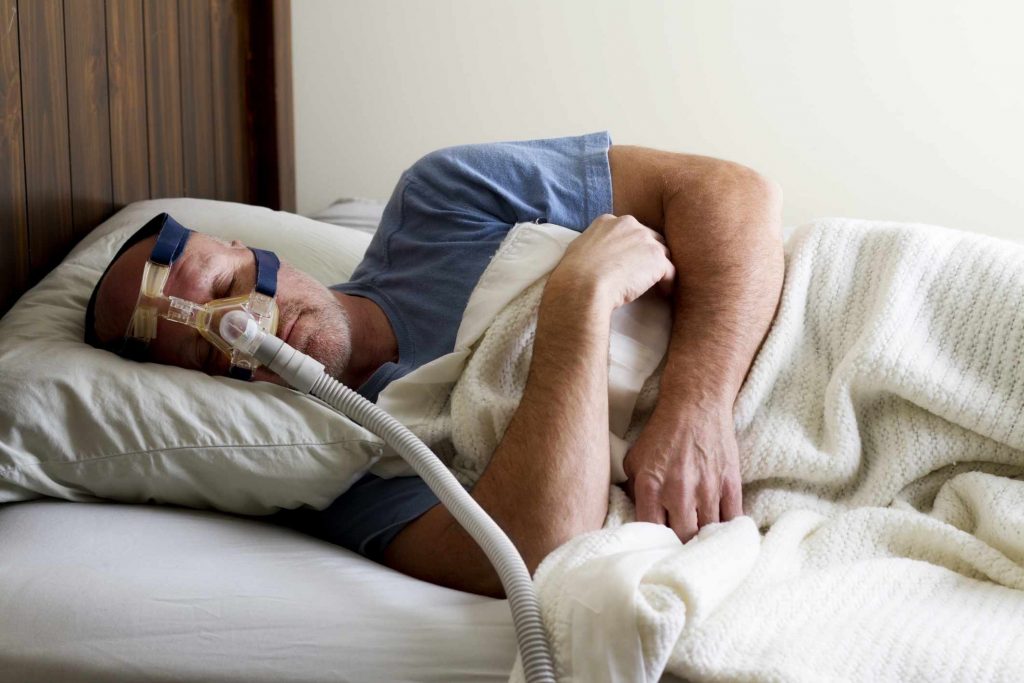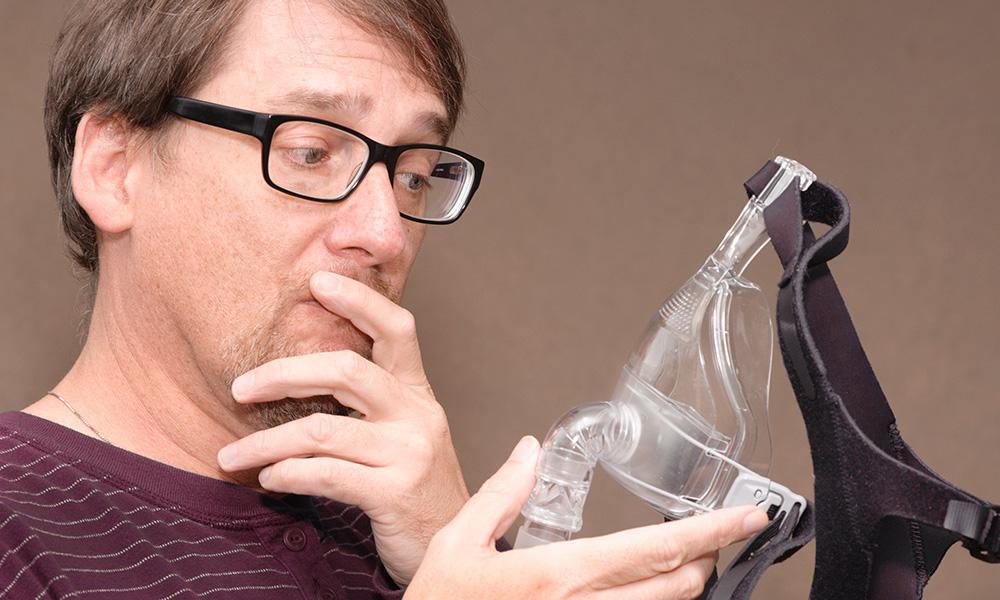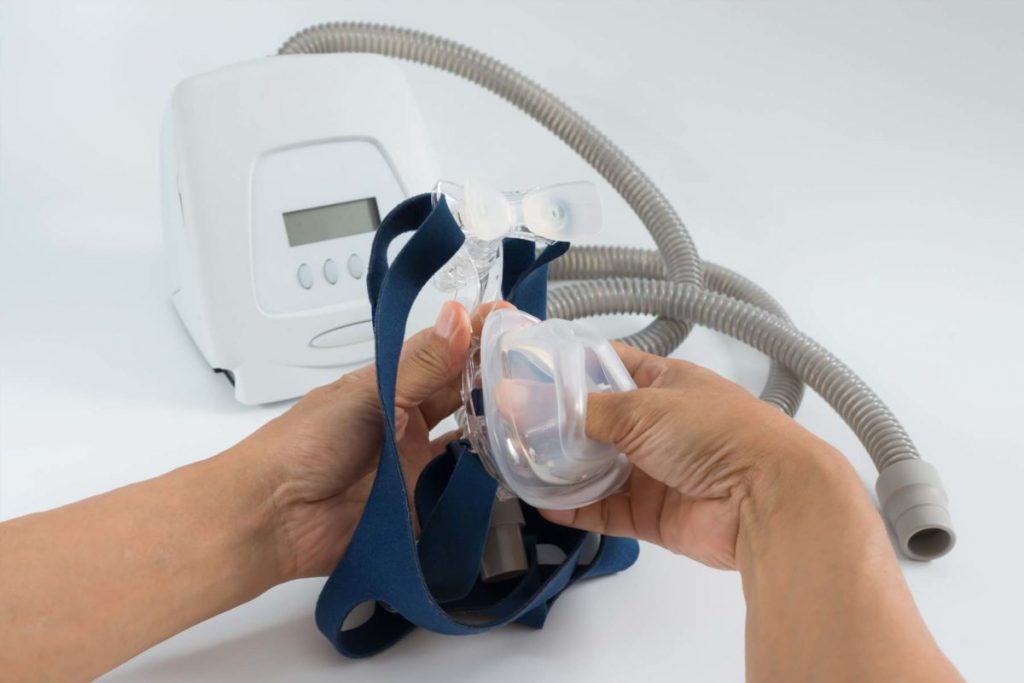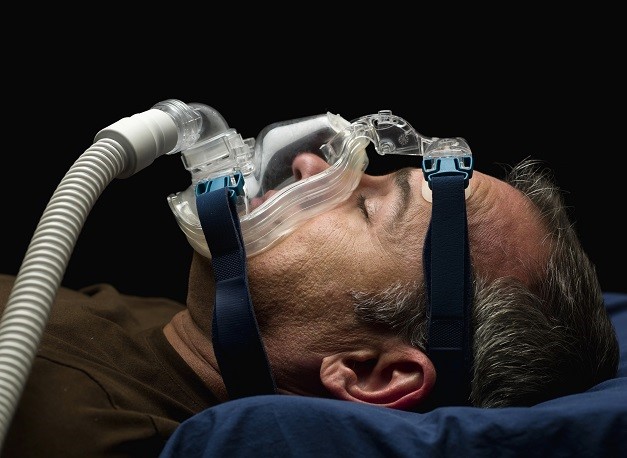Important Steps to Take When Choosing the Right CPAP Breathing Mask for You
Sleep disorders are a common health problem for many Aussies, and sleep apnea is the most frequent one. Most cases involve moderate to severe undiagnosed obstructive sleep apnea. Luckily, people are finally recognizing sleep apnea as the dangerous and life-threatening condition that it is and are looking for ways to improve their condition. One particularly common and standard treatment for sleep apnea is continuous positive airway pressure via a cpap breathing mask.
CPAP masks are worn by patients during the night over their nose and mouth. The masks connect to a small machine with a hose. The machine then pumps pressured air into the patient’s airway to keep it open while they are sleeping. In order for the treatment to be effective, getting the right mask is a must. Since there is no ‘miracle mask’ or ‘one mask that fits all’, you need to keep a few important factors in mind when choosing the best cpap breathing mask for your needs. Understand your specific breathing needs, sleeping habits, and comfort levels. Here are some of the steps you should follow when choosing the ideal breathing mask for you.
Choose a Mask Style that Suits Your Needs

In general, the main purpose of a CPAP mask is to provide a constant stream of air that supports your upper airway and keep it open to prevent apnea snoring. The stream of air can be delivered through your mouth, nose or both, it’s all comes down to your preferences and needs. Most people opt for a cpap breathing mask that delivers air through the nose. These masks often consist of a triangular-shaped gel or a plastic cushion that covers the nose and rests from the bridge of the nose to just below the nostrils. There is a headgear attached to this which typically consists of plastic, fabric or Velcro clips that secure the mask to your face. The mask is attached to the CPAP machine via a plastic hose.
But other options are also available. There are masks that come with braces that relieve pressure by adding a few contact points on the forehead, masks with added cushions or seals to prevent marks on your face or leak, nasal pillows that are inserted in the nostrils, and masks that are large enough to cover both the nose and mouth.
Get the Right Size

Most CPAP mask styles come in various sizes, and these depend on the manufacturer. Some masks may have intermediate sizes such as ‘small-medium’ and ‘medium-large’ and helpful accommodations like ‘wide’. Get a mask that is large enough and delivers an adequate amount of air. Avoid over-sized masks as they may not suit your face right and might leak your much-needed air. Give yourself time to get used to wearing the mask ( a couple of weeks upon receiving it) so that you can get used to the feel of sleeping with the mask throughout the night.
Consider Adding Accessories

Aside from choosing the right style and fit, you may also want to explore the CPAP accessories available, which can make getting used to the mask a lot easier. For example, you may want to choose a headgear made of fabric that is machine-washable and has Velcro for a more customized fit. Or you might prefer plastic quick-release clips with which you can fit the mask properly once, and you won’t have to readjust it every time you use it.
Some individuals benefit from using a heated humidifier attached or built into the CPAP machine to moisten the air. There is also heated tubing that prevents moisture or condensation. Patients who have trouble tolerating the pressure as they fall asleep can benefit from a machine that has a ramp function that starts at low pressure and then builds up to the treatment pressure over a set period of time. There are many accessories that can make your life better and easier and the chance of you complying with the treatment more likely.
Address the Problem on Time

It’s extremely important to address any problems that you may have regarding your mask early, otherwise, you might give up wearing it. If your mask doesn’t fit you right, leaks too much air, leaves your face sore, or you have any other kind of problem with it, do not hesitate to seek help. You may need to talk to your equipment provider to get it fixed. Last but not least, keep your equipment clean and replace the parts as they wear out. Keep in mind that insurance policies will cover regular replacement of CPAP equipment, including masks, so look into how often you can update yours.



